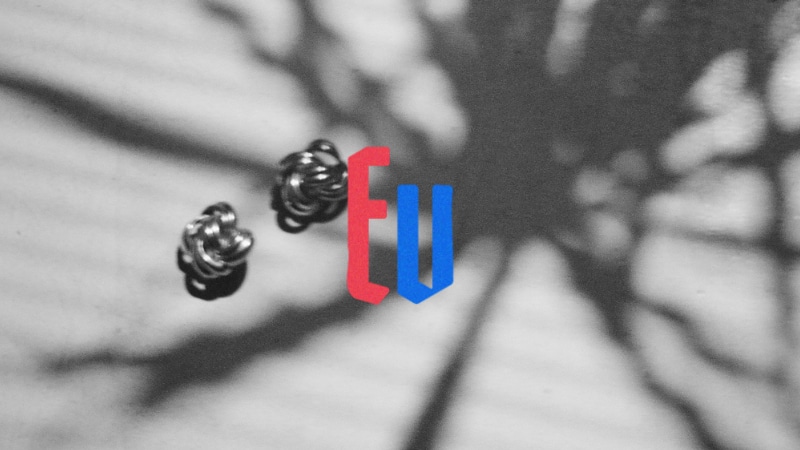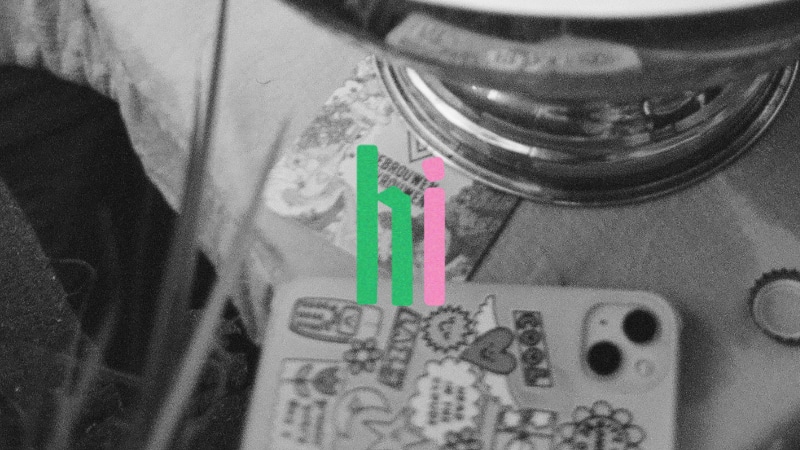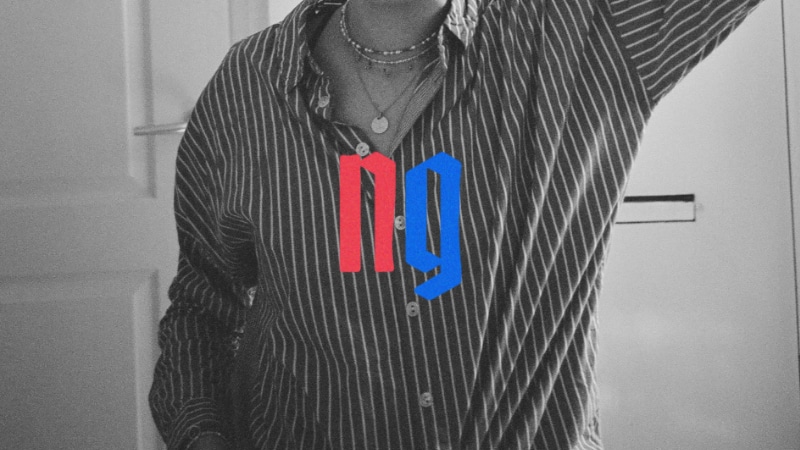What is Design?
29-11-2022 • Annie
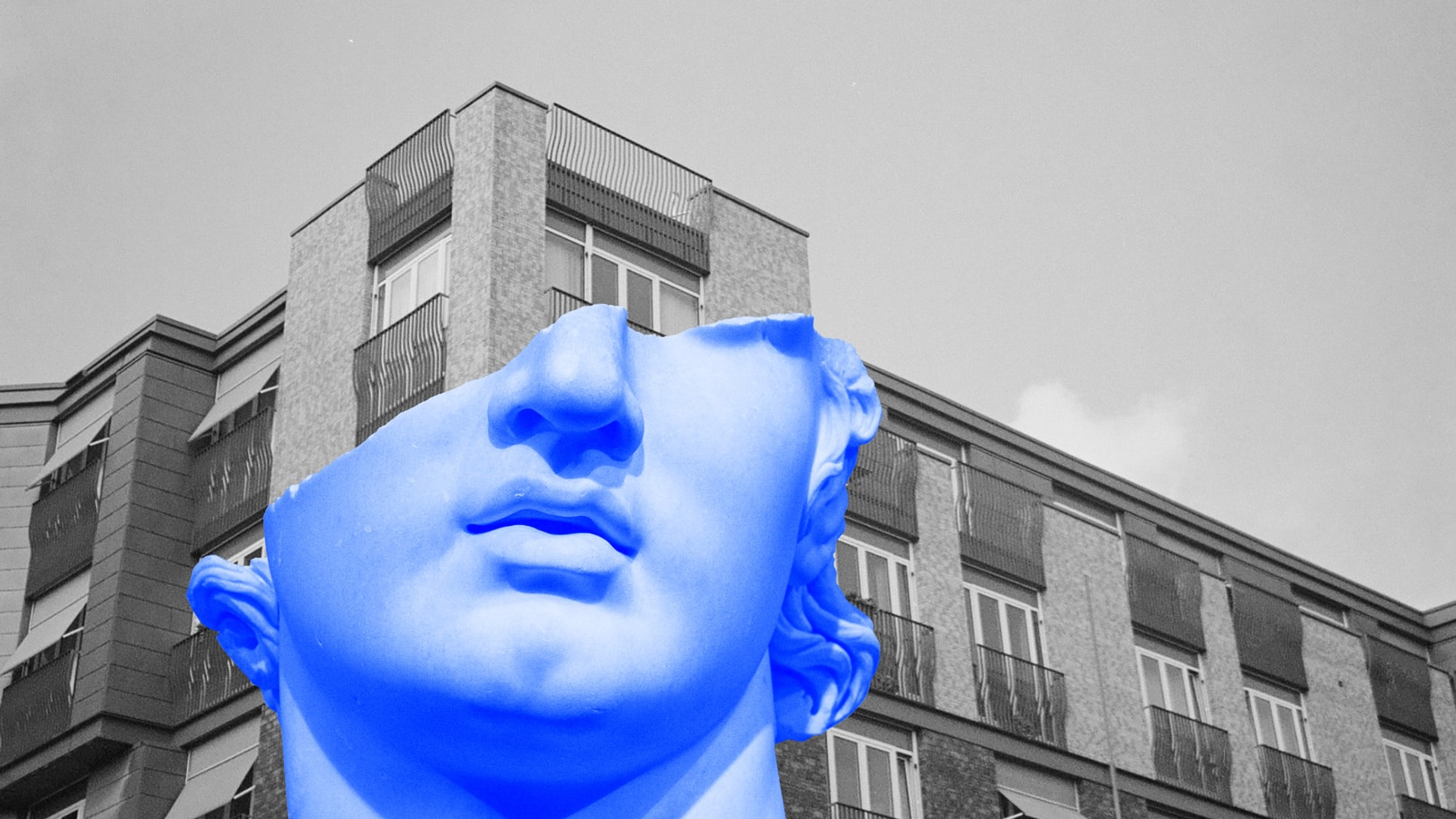
Design is everything.
Design is everywhere.
From the phone you have in your pocket, to the chair you are sitting on, to the website from which you ordered that chair, design is everything and everywhere.
Design is essential to the way you interact with the world and when you consider design in your interactions, it’s an excellent lever to engage emotionally with your clients, customers and audience. Design is such a powerful tool that seven years ago I decided to turn it into my full-time quest, so you can definitely take my word for it! Nevertheless, over that seven-year journey, I’ve learned a thing or two and sharing that knowledge is also an important part of my role as a graphic designer and creative director. When I started my career, I had a specific idea about what design was or needed to be, but over time I’ve come to see that I was mistaken or at the very least, misguided. To understand why, let’s see what the internet has to say about “design.”
“Definition and key concepts. Generally speaking, it is the process of envisioning and planning the creation of objects, interactive systems, buildings, vehicles.”
If we compare that to another option, proposed by the International Council of Design, we have “Design is a discipline of study and practice focused on the interaction between a person — a ‘user’— and the man-made environment, taking into account aesthetic, functional, contextual, cultural and societal considerations. As a formalized discipline, design is a modern construct.”
In essence, they’re both right and I agree with both definitions. This is indeed a reflection of the reality of my job… most of the time. But there is something missing. As a designer, my job is not only to produce ideas, interfaces, layouts, objects and so on, but also to help the teams I work with to see what I see. To understand the visual language that I speak so that, later on, they can speak design fluently as well, help pass that design message and vision along, and ultimately make better design decisions themselves and for their businesses.
If you ask me, that is design.
Over the course of my career, I have worked with a variety of clients, from small entrepreneurs to big corporations, and the one thing they all had in common was a limited vision and understanding of design. That led to them being ill-equipped to fully embrace what design could offer them, and therefore unable to pitch the right brief, to make informed decisions, and use the end product to its full potential once the project was delivered.
But it’s not entirely their fault. If definitions of design don’t introduce this notion of collaboration, an entire field of professionals can’t be expected to assume this knowledge on their own. Language shapes the world and we – in the design business – can do better.
You might wonder at this point of the article “what does all this have to do with me?” More than you might think! If your work involves placing something within the digital or physical world, then you need design. If you’ve ever worked on:
• A presentation
• A graphic
• A newsletter
• A leaflet
• An entire website
• A post on social media
then you’ve designed something.
Every time you choose a font , you are making a conscious or unconscious design decision that will impact the way someone feels, understands and reads your content. Every time your choose one color over another, rounded corners over sharp corners, icons to illustrate a concept, a bar chart over a pie chart... can you see where this is going?
Design is in everything and you are interacting with it everyday.
But it’s not just up to you. In design, knowledge is power, and understanding is not a given. To better situate design in your business processes, we, designers, need to be better teachers. To illustrate my point about the power of design, here is simple yet efficient example:
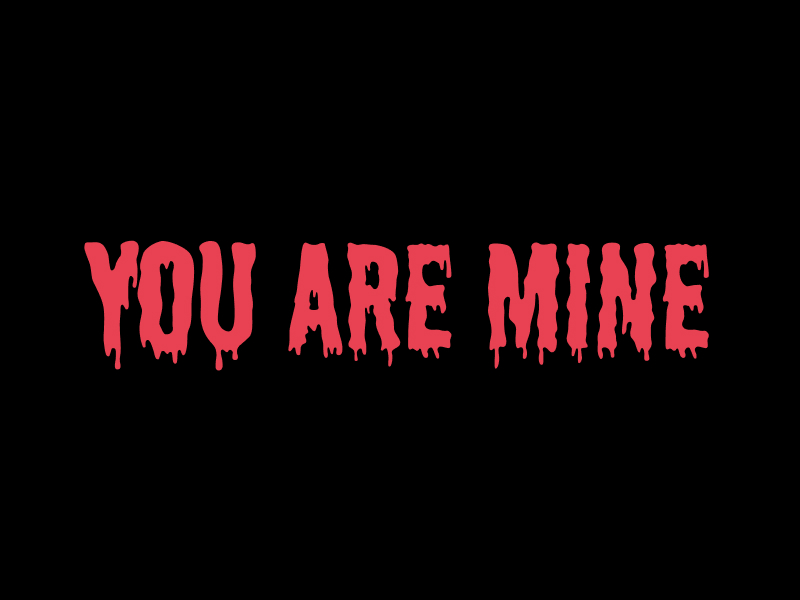
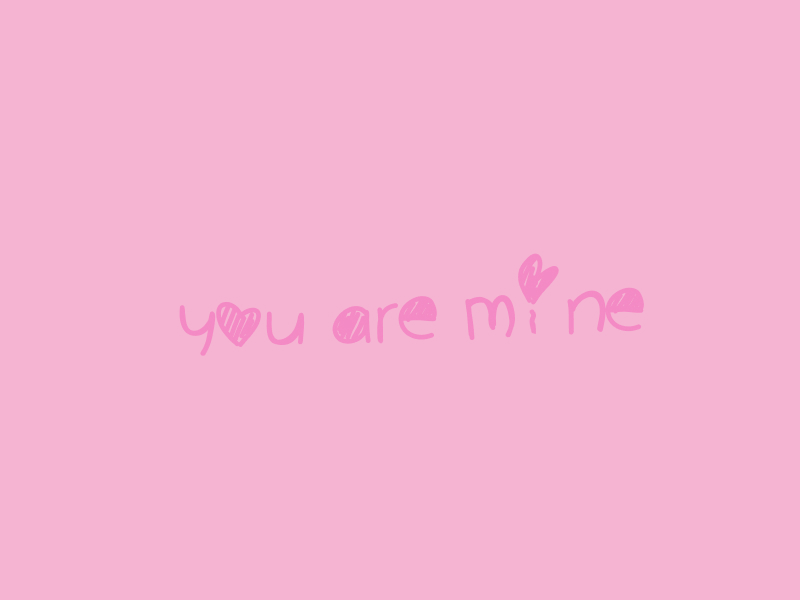
On the first one, we have a bloody typeface with a black background. On the right one, a fantasy overly cute manuscript font on a pink background. And those are just two interpretations. What words would you have chosen if I hadn’t chosen them for you? How would the rest of your team interpret these options?
Take a second look. What do you see now? More importantly, how does it make you feel? If you’re starting to engage with this process, then you’re starting to appreciate the power and influence of design.
If we don’t build mutual understanding between project stakeholders and the design team, no creative job will be entirely satisfying. If I don’t teach you how to speak the language of design, we’ll struggle to even meet halfway. And as a designer, it’s my job to share my knowledge and spread the power of design to every collaboration we undertake together.
***
Downstairs is member of LaPluie, a collective for Brand & Social Media Strategy
Handmade, iode-infused and AI-free.
Downstairs SARL. SIRET 934 402 546 00014. TVA FR91934402546. R.C.S. Paris
